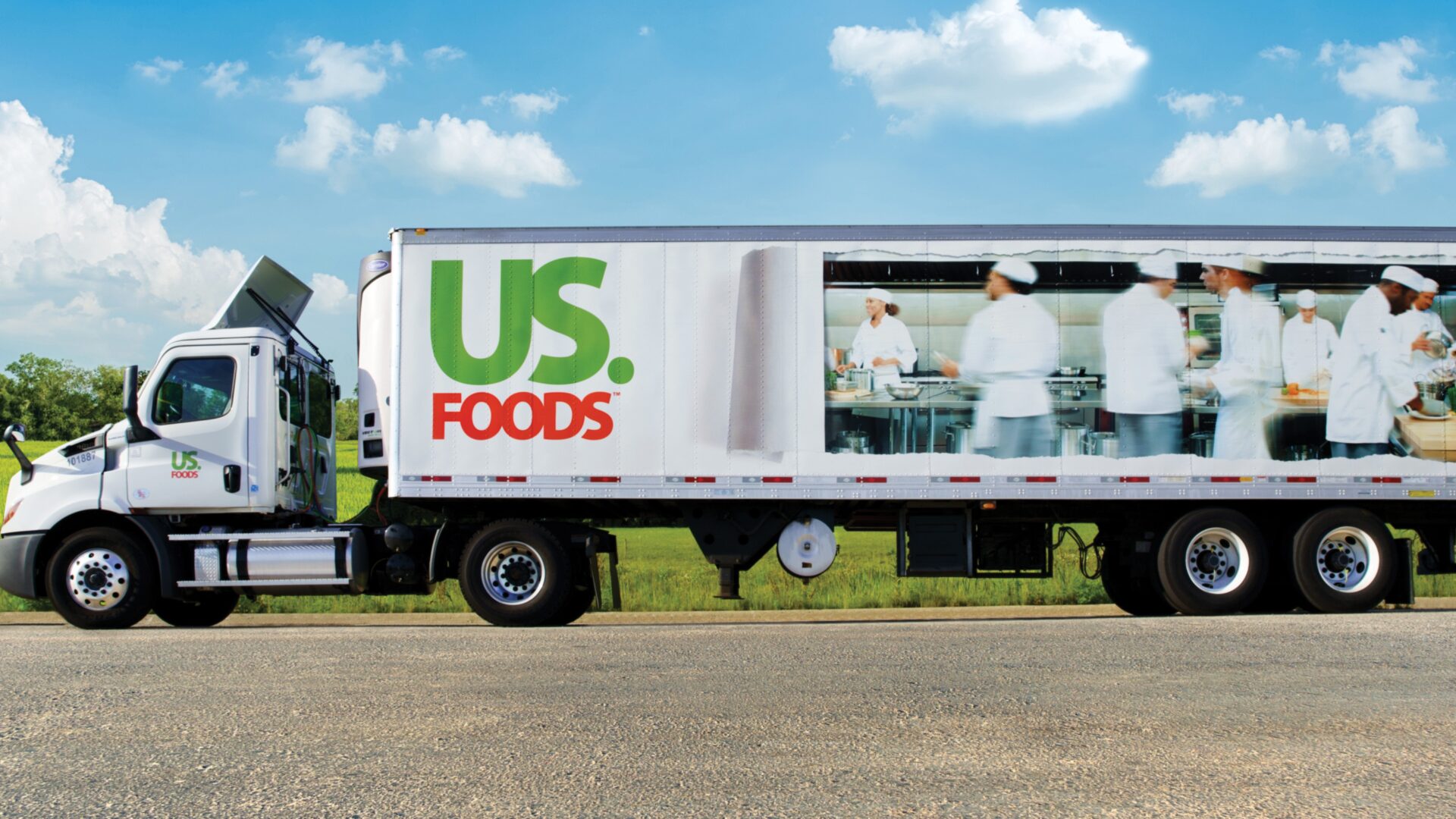Earlier this month, we discussed the clear bifurcation in restaurant performance during the second quarter. The best operators and/or those with the smallest exposure to lower-income customers clearly posted the best results. Given that split, along with moderating inflation, one might expect uneven results from the three major foodservice distributors serving those customers.
But for the most part, it was smooth sailing for Sysco, Performance Food Group, and US Foods.
One obvious reason why is that all three distributors claimed to take market share in the quarter, which offset some pockets of weakness in demand. Increased share allowed all three companies to grow U.S. revenue and, importantly, case volume despite weak restaurant traffic in the quarter (traffic fell about 3% year-over-year).
Those share gains represent the continuation of a long-running trend. In its fourth quarter earnings presentation, Sysco supplied data about the market’s size going back to 2000. Overall, the foodservice distribution market has grown 38% since 2015 – an annualized clip of about 3.6%. The three majors have grown much faster than that, supporting their claims of increased share.
Some of that capture has come from acquisitions, certainly. Still, since 2015, using historical revenue figures, Sysco’s market share has moved up a point to 17%, while PFG has doubled to 8%, and US Foods has inched up to 10% from just above 8%. The overall total for the three is now at about 35%, up from 28% less than a decade ago – and it would seem likely that figure is going to continue to rise. PFG itself will add almost a point of the market via the $2.1 billion acquisition of privately held Cheney Bros., a deal announced alongside fiscal fourth quarter numbers.
Beyond the numbers, what jumps out about the most recent earnings reports is how confident management sounds.
Executives at the majors quite obviously are aware of the challenges facing the industry at the moment – yet showed complete assurance in their companies’ ability to manage through those challenges. US Foods CEO David Flitman admitted on his company’s earnings call that “we can’t control the macro [environment]”, but insisted that “we can control our ability to drive growth” in revenue, thanks to market share gains.
That sentiment was echoed by leaders at PFG and Sysco, and further confirmed by relatively optimistic outlooks by those two companies for fiscal 2025 (ending June). PFG sees revenue increasing 3 to 4.5% in FY25, excluding any contribution from Cheney Bros., while Sysco is targeting 4 to 5% growth. Both companies expect profit margins to further improve, as well.
Investors have responded accordingly: all three stocks have gained nicely since earnings, with US Foods stock in fact racing to a new all-time high. The question, at this point, is what might go wrong – and there are a few possibilities.
The most obvious is a further deterioration in the macroeconomic environment. The outlooks from both Sysco and PFG assume some improvement in traffic following the calendar third quarter which, per commentary across the industry, has gotten off to a poor start. If that improvement doesn’t come, expectations for 4%-plus growth almost certainly come down.
There are worries about profit margins as well.
Weaker traffic generally leads to higher promotional activity as distributors aim to keep their trucks full. The entire industry has benefited from inflation, which often leads to higher spreads, but that also means there may be more room for the majors, or their competitors, to trade pricing for volume.
So far, executives haven’t cited any evidence of “irrational” pricing, but the environment may certainly become more aggressive if traffic worsens.
The more interesting question is about the companies’ salesforces. All three majors are ramping their hiring of salespeople. Sysco added 450 professionals in FY24 and wants to exceed that number in fiscal 2025. The company has also changed compensation to a more variable structure, with the aim of rewarding the most successful in the group. PFG and US Foods too are ramping their hiring.
Making those moves at a time when traffic is declining quite obviously is a matter of playing the long game.
Smaller distributors with more fragile balance sheets likely can’t make the investments of training new hires, or risk any disruption from changing territories or customer relationships. But the majors can, with those investments likely to pay off down the line.
For now, investors seem optimistic toward the strategy, bidding the stocks up despite near-term macro worries and the potential that increased spending may hit margins over the next several quarters. Given the share gains, and stock performance, of the three companies over nearly a decade, that optimism seems to make sense.
Vince Martin is an analyst, author, and lead writer at Overlooked Alpha, which offers market-wide and single-stock analysis. He has no positions in any securities mentioned.
The Food Institute Podcast
U.S. grocery retailers are facing regulatory scrutiny on pricing, ever-increasing shrink and a financially-stretched consumer, but how can they adapt to these new market pressures? Supermarket Guru Phil Lempert joined The Food Institute Podcast to discuss the Kroger-Albertsons merger, the rise of private label and more.












